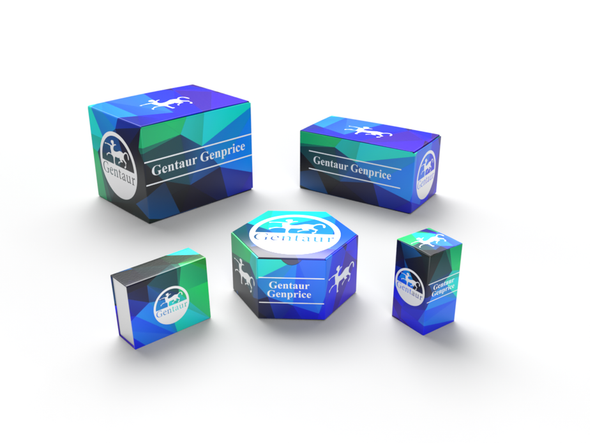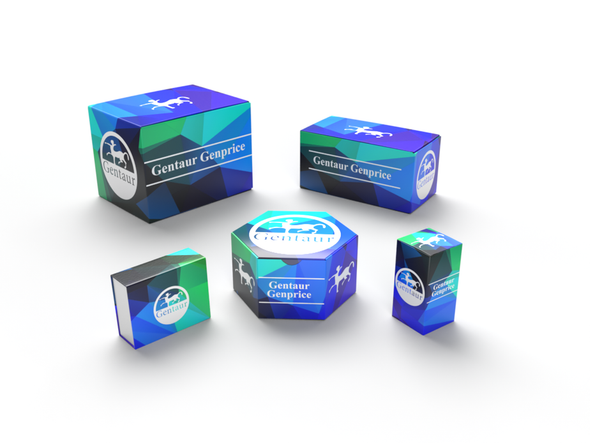Description
KCNA10 Antibody | 28-252 | Gentaur UK, US & Europe Distribution
Host: Rabbit
Reactivity: Human, Mouse, Rat
Homology: N/A
Immunogen: Antibody produced in rabbits immunized with a synthetic peptide corresponding a region of human KCNA10.
Research Area: Membrane
Tested Application: E, WB, IHC
Application: KCNA10 antibody can be used for detection of KCNA10 by ELISA at 1:312500. KCNA10 antibody can be used for detection of KCNA10 by western blot at 1.25 μg/mL, and HRP conjugated secondary antibody should be diluted 1:50, 000 - 100, 000.
Specificiy: N/A
Positive Control 1: Cat. No. 1205 - Jurkat Cell Lysate
Positive Control 2: N/A
Positive Control 3: N/A
Positive Control 4: N/A
Positive Control 5: N/A
Positive Control 6: N/A
Molecular Weight: 56 kDa
Validation: N/A
Isoform: N/A
Purification: Antibody is purified by protein A chromatography method.
Clonality: Polyclonal
Clone: N/A
Isotype: N/A
Conjugate: Unconjugated
Physical State: Liquid
Buffer: Purified antibody supplied in 1x PBS buffer with 0.09% (w/v) sodium azide and 2% sucrose.
Concentration: batch dependent
Storage Condition: For short periods of storage (days) store at 4˚C. For longer periods of storage, store KCNA10 antibody at -20˚C. As with any antibody avoid repeat freeze-thaw cycles.
Alternate Name: KCNA10, Kcn1, Kv1.8
User Note: Optimal dilutions for each application to be determined by the researcher.
BACKGROUND: Potassium channels represent the most complex class of voltage-gated ion channels from both functional and structural standpoints. Four sequence-related potassium channel genes, shaker, shaw, shab, and shal, have been identified in Drosophila, and each has been shown to have human homolog (s) . KCNA10 encodes a member of the potassium channel, voltage-gated, shaker-related subfamily. This member contains six membrane-spanning domains with a shaker-type repeat in the fourth segment. It is specifically regulated by cGMP and postulated to mediate the effects of substances that increase intracellular cGMP.






